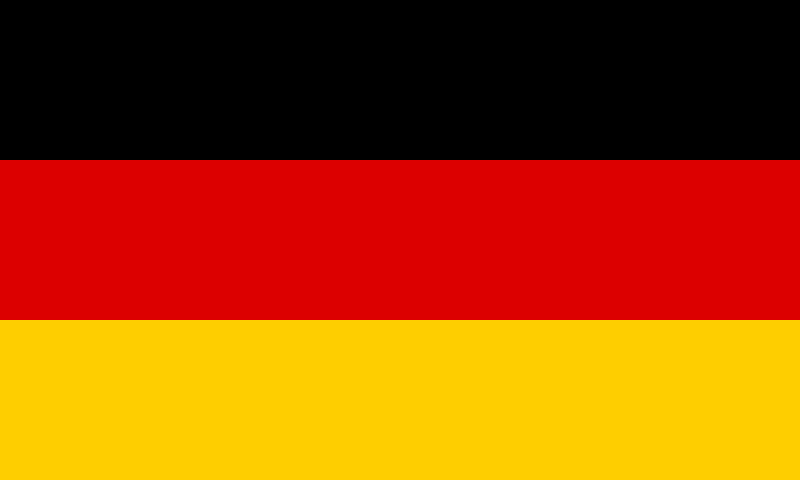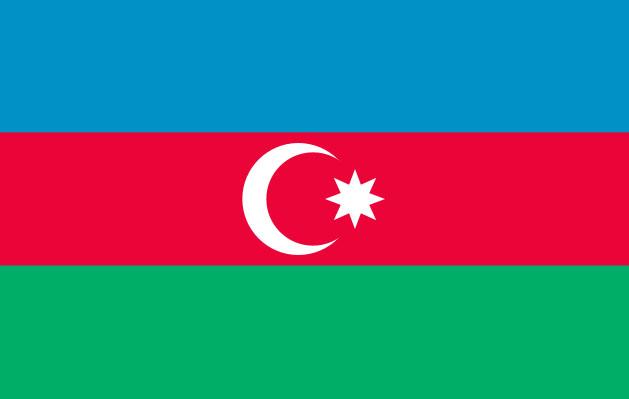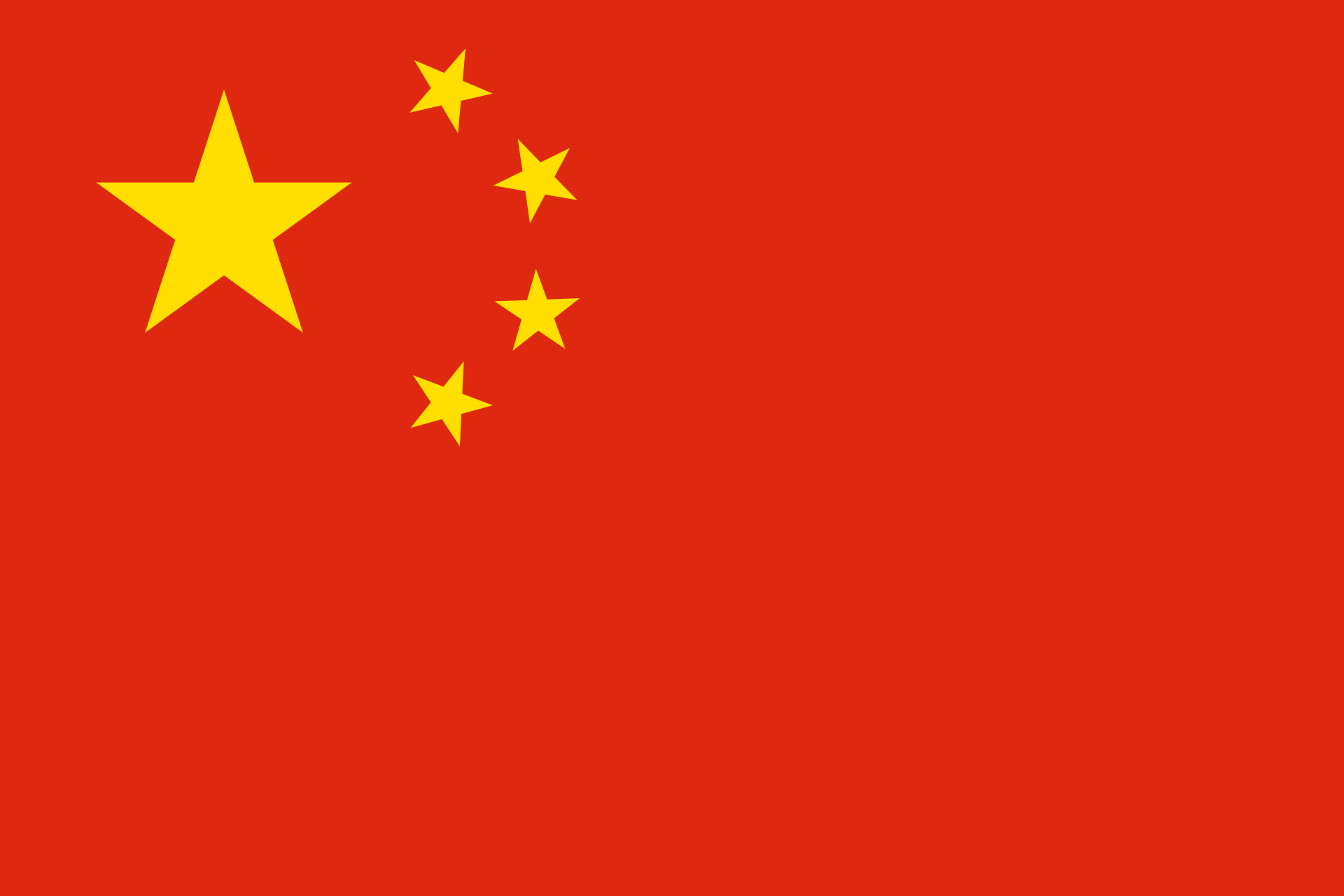The Silk Route of the Mongols
Ghengis Khan and his Mongol armies rose to power at the end of the twelfth century, at a moment when few opposing rulers could put up much resistance to them. The vast Mongol empire he created stretched from China to Europe, across which the Silk Routes functioned as efficient lines of communication as well as trade. Protected under the so-called Pax Mongolica, the Routes were particularly safe from raiders or aggressive tribes in this period, and great expeditions, such as the famous journey of Marco Polo in the late thirteenth century, became possible.




